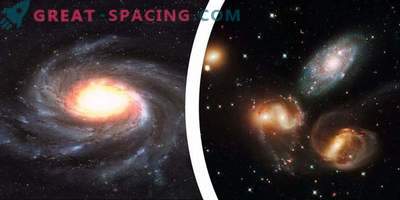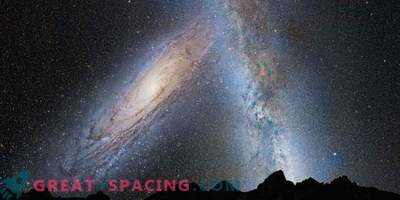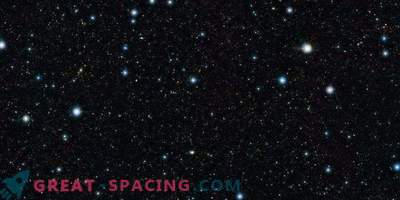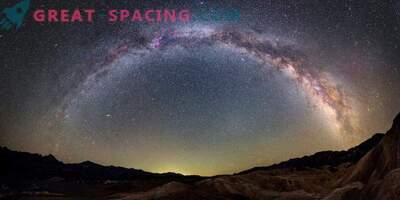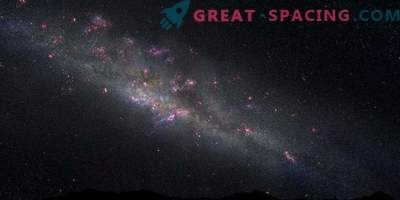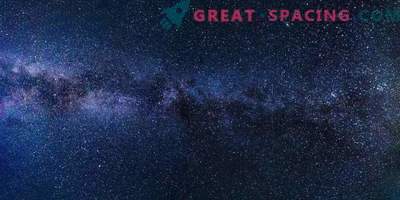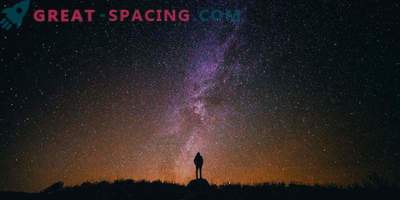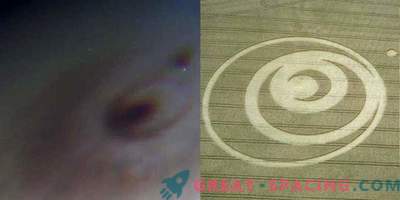
The past of the Milky Way is filled with events of merging and absorption of other galaxies. But such galactic cannibalism creates the conditions for the emergence of new stars. One of these cases has been noted recently.
Researchers believe that billions of years ago the Milky Way collision event occurred with another galaxy, which activated the process of star birth. These conclusions are made on the basis of data from the European satellite Gaia, which studies the location and speed of stars throughout the galactic territory.
The Milky Way Galaxy in its young years had a large supply of gas. However, when forming stars, this supply is depleted, which means that over time, the volume of gas should decrease. If there is no gas, then there is no material to create new stars.
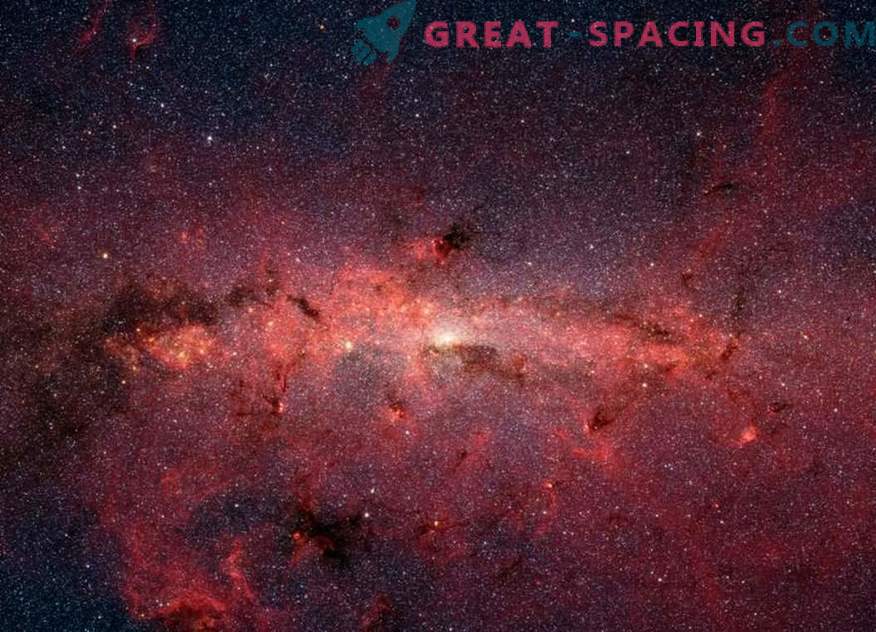
Infrared image of the Milky Way, created by the Spitzer Space Telescope.
The new study found that in the first 4 billion years the Milky Way showed a clear decrease in stellar birth. But then an event occurred that led to a new “boom” on the formation of stars. It turns out that there was a new source for gas. Most logical to assume that we are talking about the process of merging the Milky Way with a satellite galaxy. Especially since this scenario explains the difference in age, masses and distances of the stars observed by the Gaia mission.
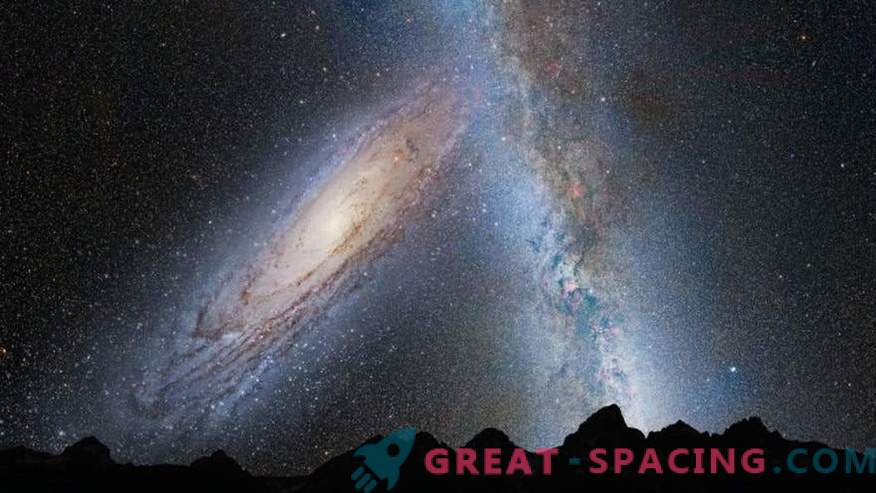
Such a view of the night sky will be seen by us in a few billion years.
And this is not surprising, because the Milky Way has already managed to absorb about 15 galaxies and is now seeking the Andromeda galaxy to merge and create a larger elliptical galaxy. By the way, this collision will cause even more foci of star formation.
A case-by-case analysis shows that a large amount of mass from a neighboring galaxy was involved in the process, and the perturbation itself (fusion) began about 5 billion years ago. Observations fit perfectly into modern space models, and the mission of Gaia once again confirmed the status of a remarkable space laboratory, allowing to test models on a universal scale.
